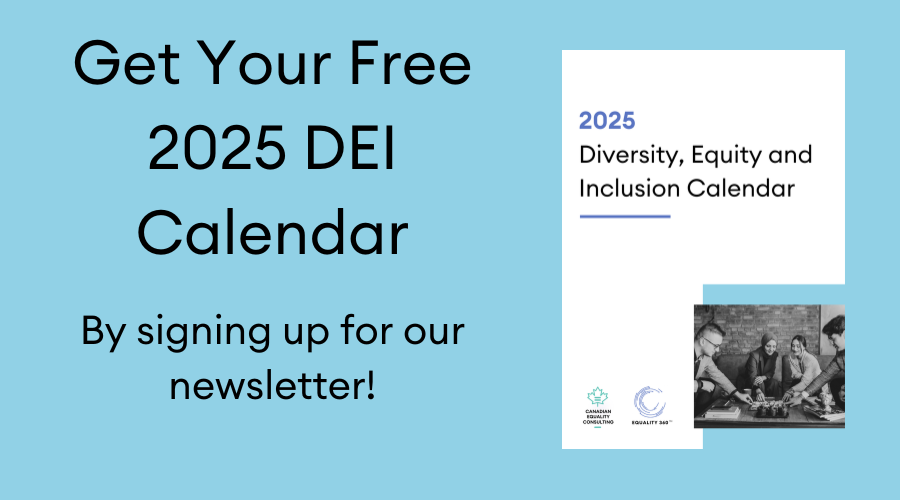
Have an invisible disability? What to consider in looking for a job.
Invisible disabilities are disabilities that are not immediately noticeable. In a society where disabilities are often marked by signage featuring a little white figure in a wheelchair (parking spaces, ramps, electronic doors), a disability that does not have immediately noticeable physical features, behaviours, or assistive devices can challenge our preconceptions of what a disabled person “looks” like.
In Canada, employers have responsibilities and roles in supporting employees with invisible disabilities. If you are someone with an invisible disability, what should you look for in a company? What are signs that an employer will be a good fit with your needs? What should be your priorities in job hunting?
Some handy tips and tricks when job-hunting as a person with an invisible disability:
- Do not worry about disclosure until you have received a Letter of Offer, as you have no legal requirement to disclose disabilities or related health issues during the hiring process if they do not significantly impact your ability to perform in the role.
- Employers are required to clearly state all requirements of the position in a job description or posting, which can help you decide if your disability will significantly hinder your ability to meet these requirements.
- Look for signals that a company will prioritize an employee’s well-being, for instance phrases in the job posting such as “good work-life balance” or “employee mental health programming” can give clues as to management’s priorities.
- Do your research on the company. Websites such as Glassdoor and even online forums from employees can help you gather information on how a company accommodates their employees with disabilities, and current/former employees might have tips on how to access accommodations.
- Feel free to reach out to a current employee in a similar role to set up an information interview. While they have no obligation to accept, most employees want to share the career information they have access to and can also provide some helpful intel on working for an organization.
- Employers can ask that you pass a medical exam or other tests related to the job requirements once you have been hired. This is something that you can inquire about prior to the position offer, so you are clear on the requirements.
- If you have an employment gap in your resume due to your disability, you are not required to provide extensive detail. But stating frankly why that gap exists (ex. “I have a two-year gap due to a chronic health issue which is now being managed”) and returning to focus on the skills you offer to the position will help the employer understand the situation. Organizing your resume non-chronologically, but rather by theme or skillset, can also help target you provide a more targeted application to a job posting.
- Look for Disability Employment Networks, such as ODEN, who connect employees with disabilities with employers through an inclusive process. Even if you are not able to find a perfect position fit, there are plenty of networking opportunities available.
- Once hired, proactively reach out to your employer about accommodations and required health documentation. This will help ensure you have access to accommodations early in your role, and allow your employer to see you as assertive, professional, and committed.
- Be confident in your skillset. At the end of the day, you are getting hired for your attitude and the skills you offer to the position. While your disability may be an important part of your identity and lifestyle, it should never be the deciding factor in a hiring process.
The Canadian Human Rights Act (the Act) prohibits discrimination in employment on a number of grounds, including disability. To ensure that your employees with disabilities are fully supported and accommodated in the workplace, the Government of Canada has published a helpful guide for managers and organizations. For bespoke diversity and equality guidance, contact Canadian Equality Consulting today if you have further questions about how to make your workplace more responsive to the needs of your diverse employees. Contact us today!

